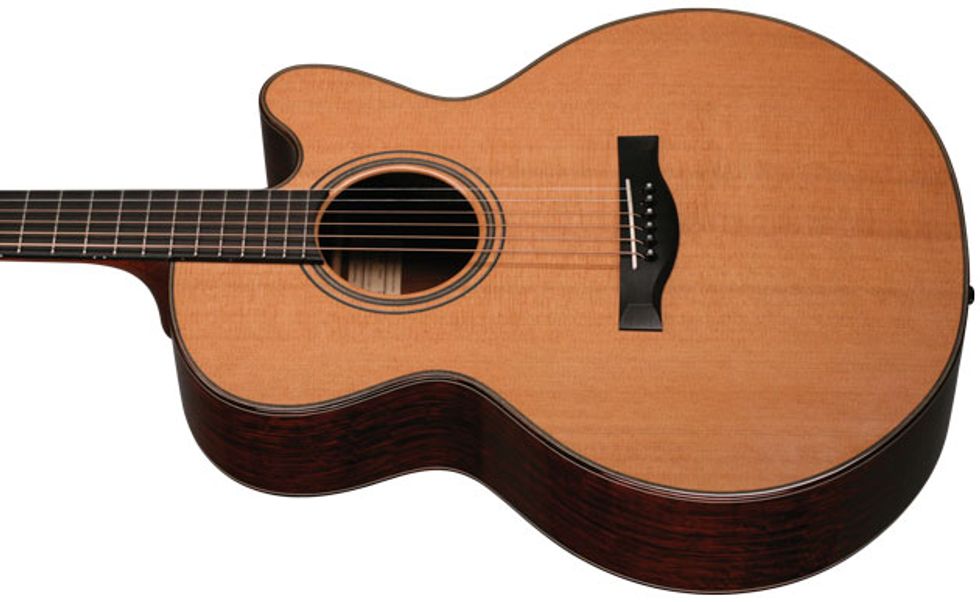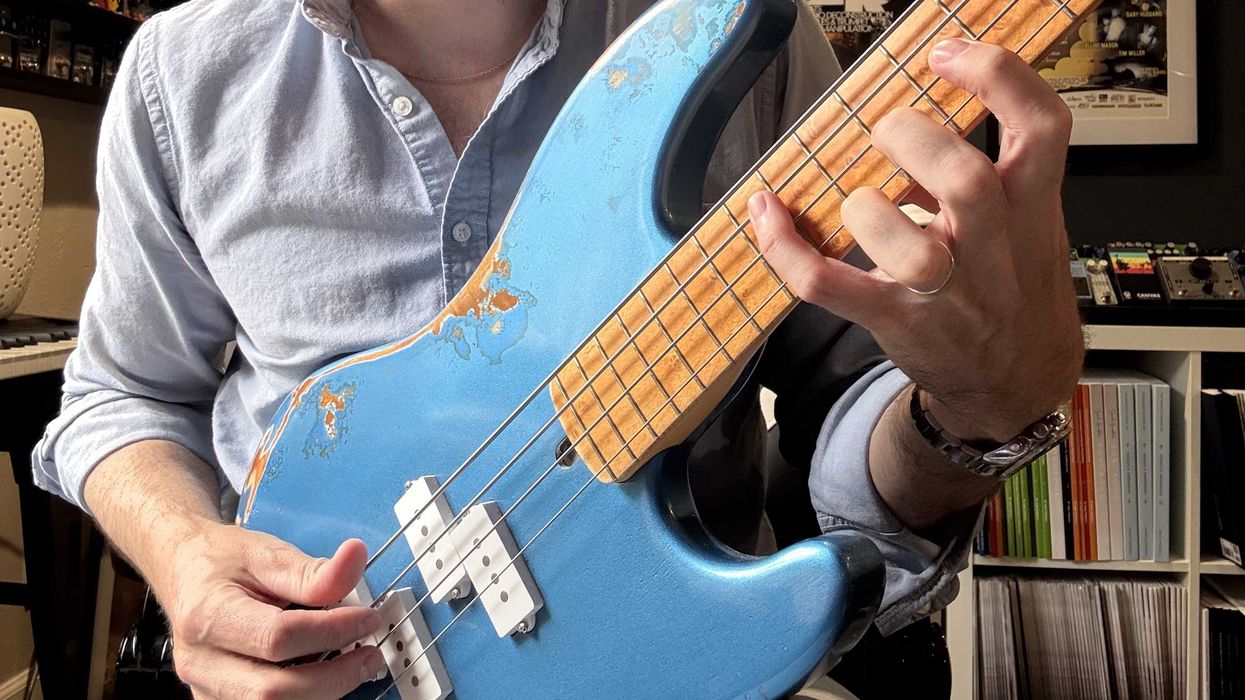Most everyone has heard about recent regulations regarding the international shipping of guitars made with Brazilian rosewood. The following passage from a NAMM bulletin should serve as a reminder that the turmoil caused by restrictions on instruments made with endangered wood species is far from over: “Action protecting more than 250 species of rosewood (dalbergia), three species of bubinga (guibourtia), and kosso (Pterocarpus erinaceus) taken at the recent meeting of the Convention on International Trade in Endangered Species (CITES) will have broad implications on the international shipments of musical instruments containing these woods, including guitars, marimbas, and various types of woodwinds.”
The bulletin goes on to explain that CITES delegates elected to expand the protection afforded to these tonewoods by placing the aforementioned species on Appendix II. Additionally, the protection is applicable to “all parts and derivatives,” not just logs and sawn wood. And that means finished products like musical instruments.
As of January 2, 2017, all manufacturers and retailers (worldwide) of musical instruments containing one or more of these species will now be required to obtain a permit from the appropriate government regulatory agency if they plan to export one or more instruments outside of the country. The regulatory agency in the United States is the U.S. Fish & Wildlife Service (USFWS).
Musicians traveling with their instruments don’t have to worry about crossing borders, and these new restrictions won’t limit sales within the U.S., since domestic shipments will not require a permit, but that doesn’t mean such rules won’t have an impact on musicians.
Thanks to the internet, the entire world is now a market for both new and used instruments, and markets determine the value of stocks, houses, and guitars alike. Markets hate uncertainty, and any time the sale of an instrument is restricted, that instrument’s value takes a hit. Why? In this case, it’s because the seller can now only pitch an instrument made with rosewood to a smaller portion of that global market. By paying for a permit and filling out CITES forms, a rosewood guitar from before 2017 can be shipped, but paperwork and permits are a hassle and anything that slows or restricts sales is part of the uncertainty that markets prefer to avoid.
To further complicate the issue, CITES has passed regulations in recent years that restrict the shipping of musical instruments across international borders, but agencies enforcing those regulations don’t have the additional funding the new inspections require. The USFWS, for example, will need more inspectors and will also need to figure out how to identify the restricted woods. That means a guitar may be delayed at a border for days, weeks, or even more. Needless to say, potential buyers take a dim view of such open-ended delivery dates.
If it was just the origin of a guitar’s back and sides that was in question, these new regulations would seem manageable, but it’s not that simple. Lots of guitars have rosewood fretboards or bridges, or rosewood binding. And while inspectors are checking for rosewood, the species of pearl used for fret-position markers or decorative inlay may also be questioned. Some species of pearl are highly endangered, while others are not.
If the guitar was manufactured before January 2017, it should sail through the inspection regarding rosewood (as long as it isn’t Brazilian), but what if there’s no serial number proving when the guitar was made? And the list of wood species now restricted is so long that it’s hard to believe inspectors will know what all those woods look like. Sure, the CITES permit for cocobolo binding, for instance, might be there, but what if the inspector doesn’t know that the straight-grained walnut on the back and sides of a guitar—if finished with a dark pore filler—may look a lot like East Indian rosewood? To be safe, all woods and animal products should be identified using their full scientific names.
Although these new regulations are primarily aimed at international commerce in raw materials, there are unintended ripple effects that have nothing to do with rosewood logs that may have been harvested illegally. When you trade in your 1990s custom Martin on a new guitar, the dealer may think, “I can’t ship this to customers in Canada or Australia anymore without getting a permit from USFWS, which means I’ll have to get the build sheet from Martin so I can prove what woods were used. And last time the guitar got hung up in customs and the buyer freaked out.” In short, the music store’s market for your guitar is more restricted than it used to be and there may be more trouble, or at least delays, selling it. The price you get for that guitar—despite it being perfectly legal to ship it to Toronto once the necessary paperwork is completed—will possibly be less than it was a year ago.
Other changes as a result of these new regulations are that guitar models that were previously offered with rosewood bodies or parts are already being made with different woods. Stay tuned: We’ll cover those changes in a future column.
















